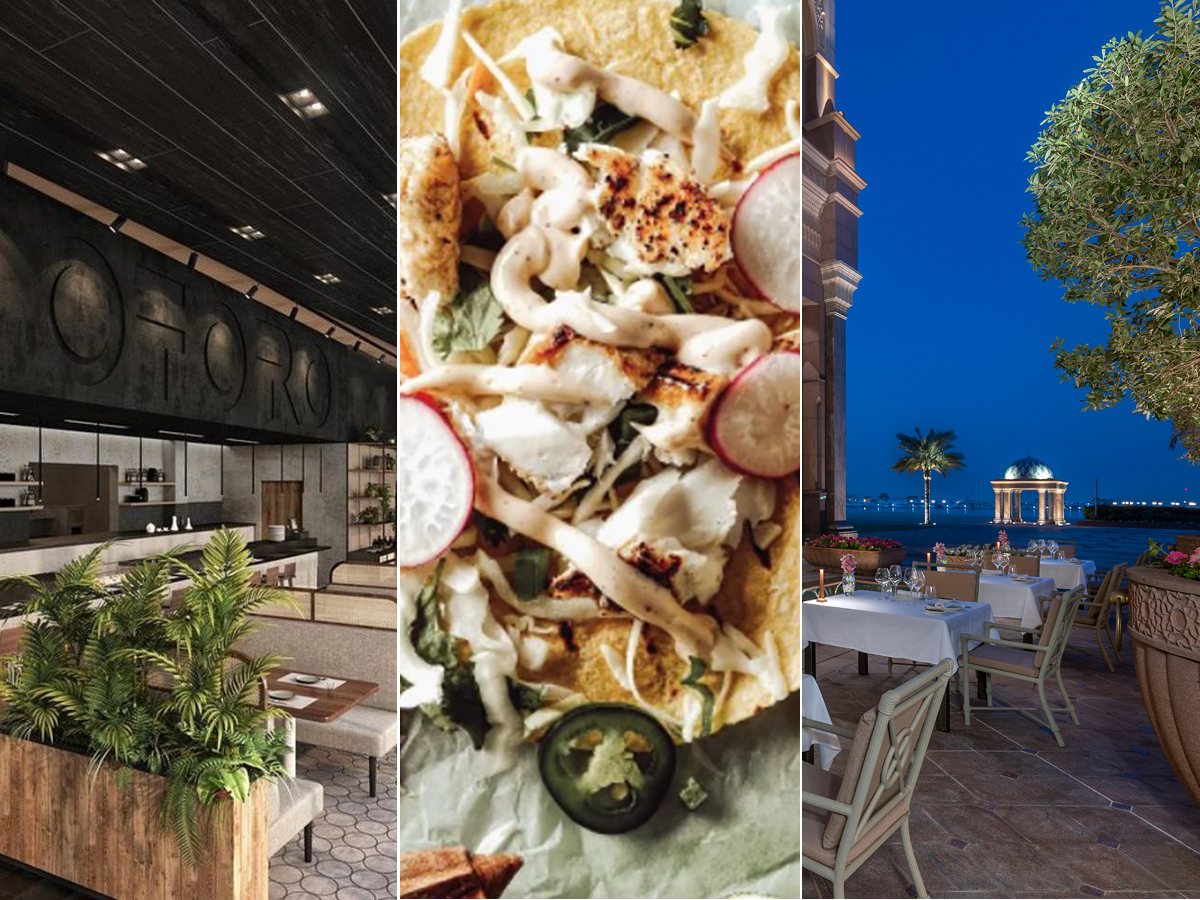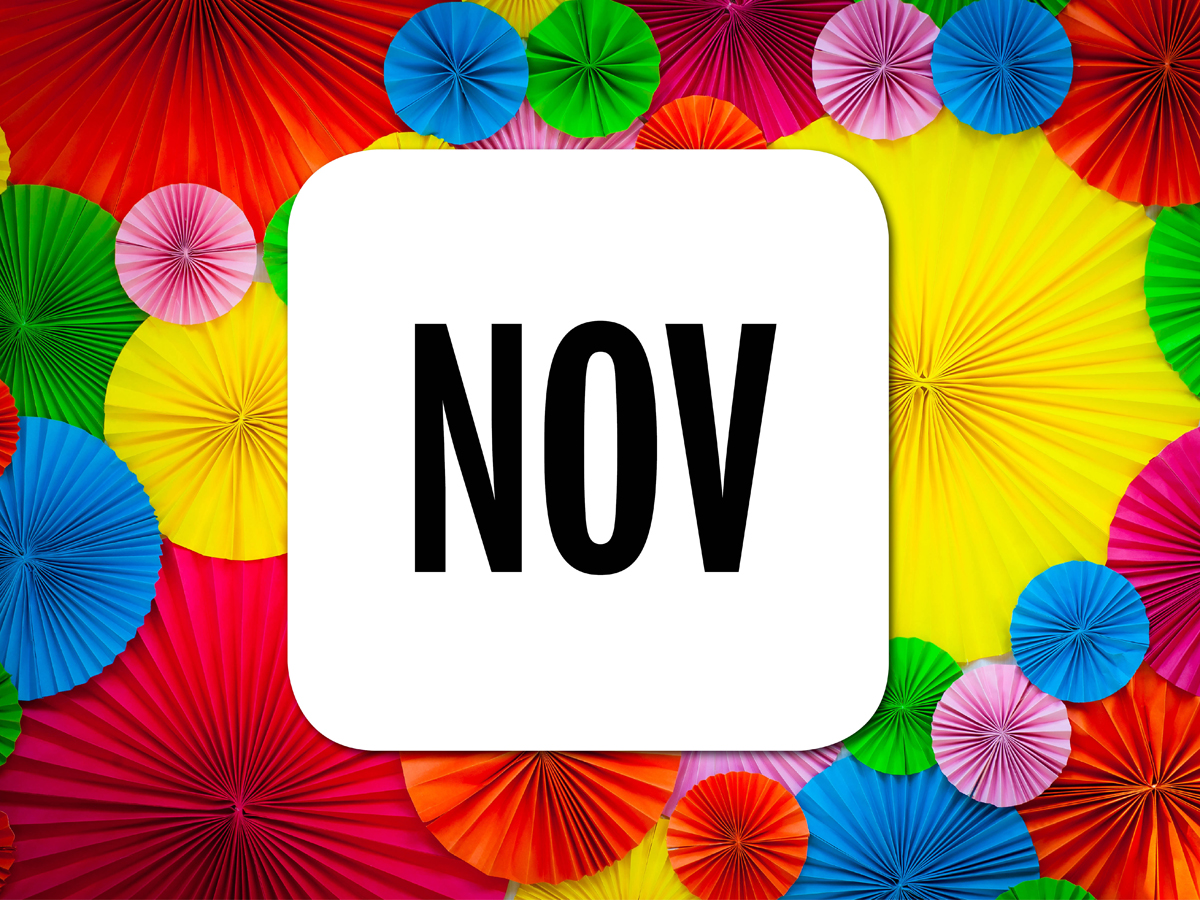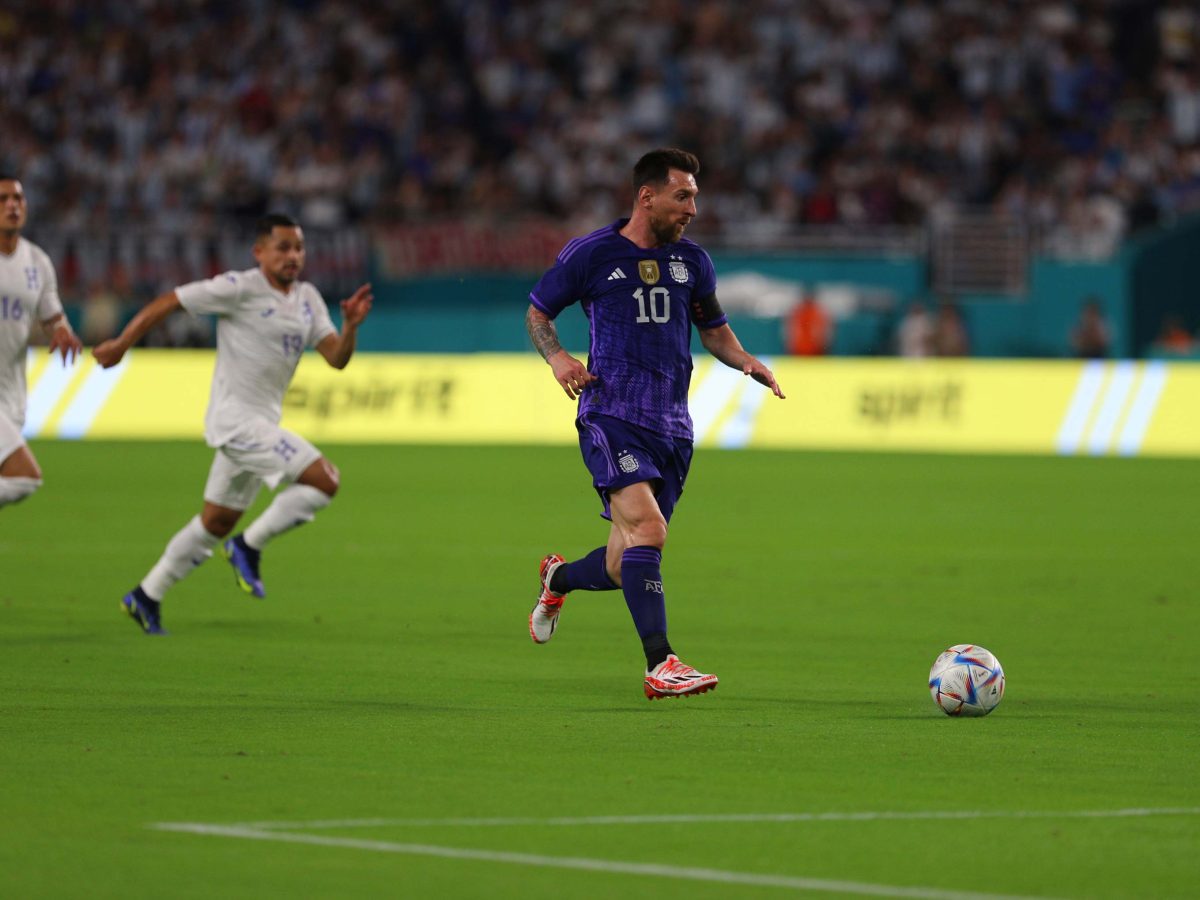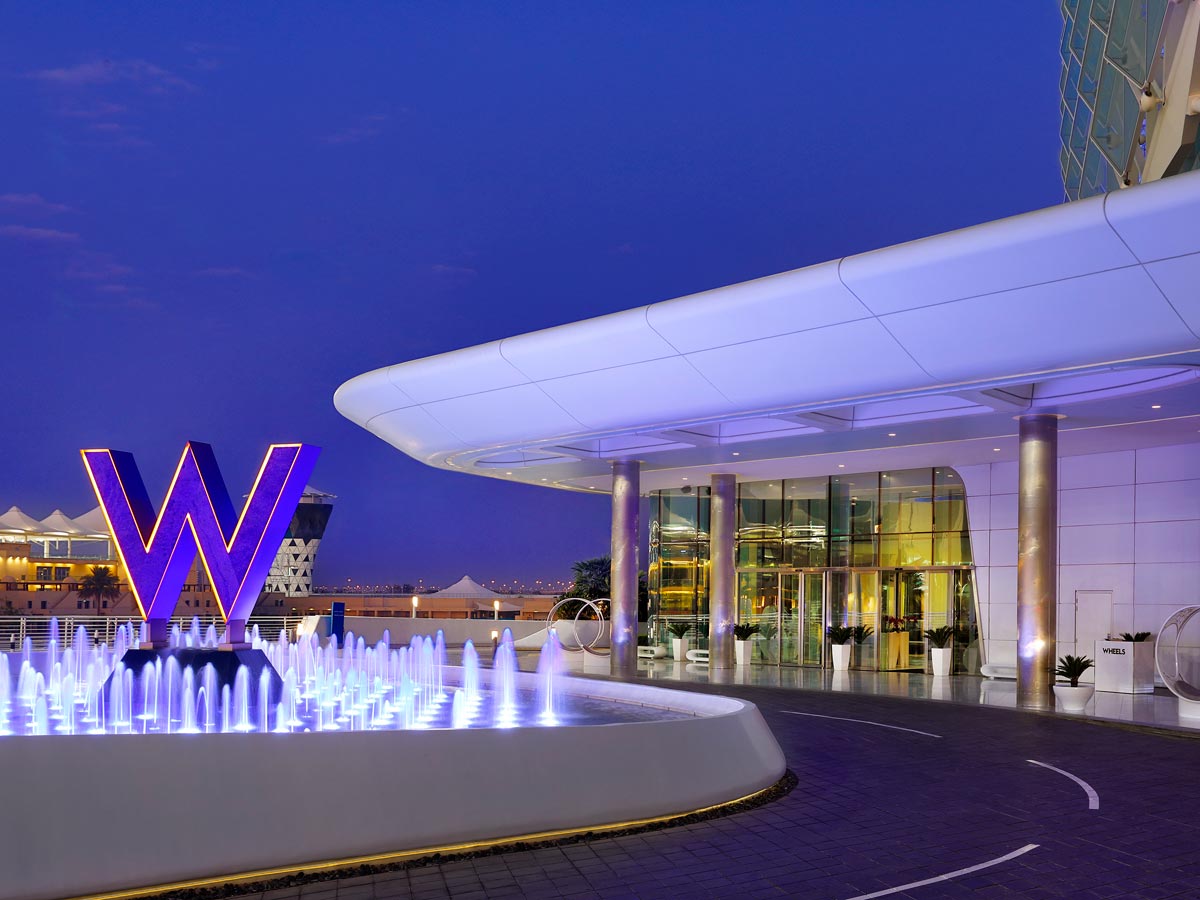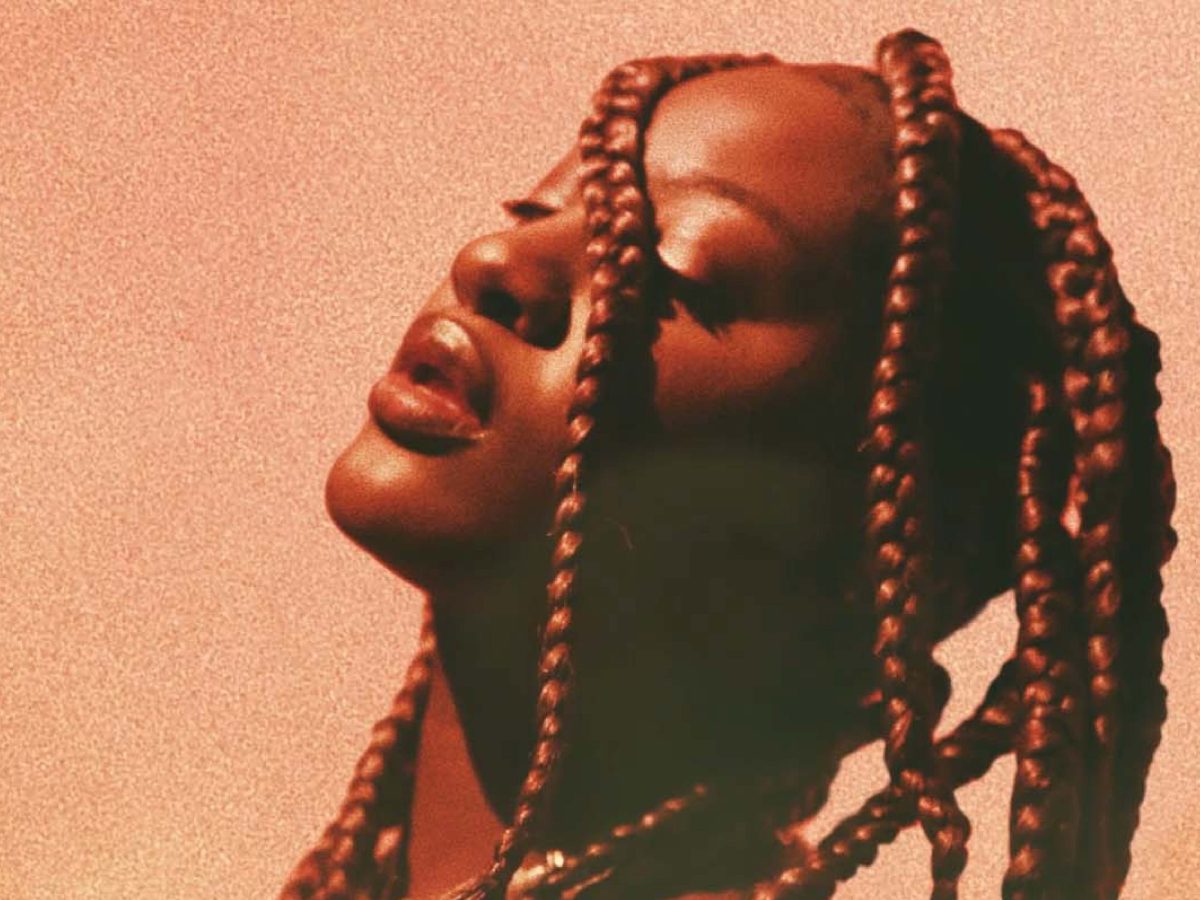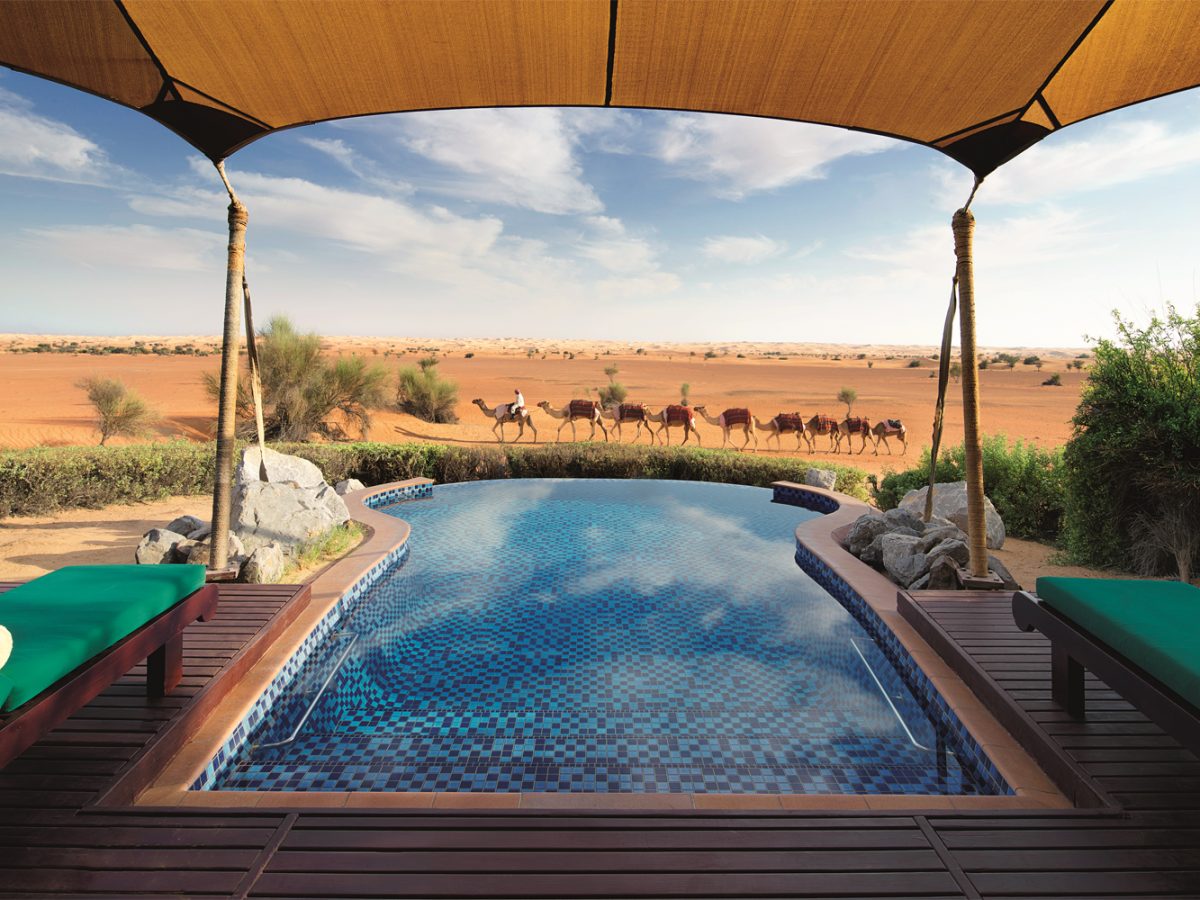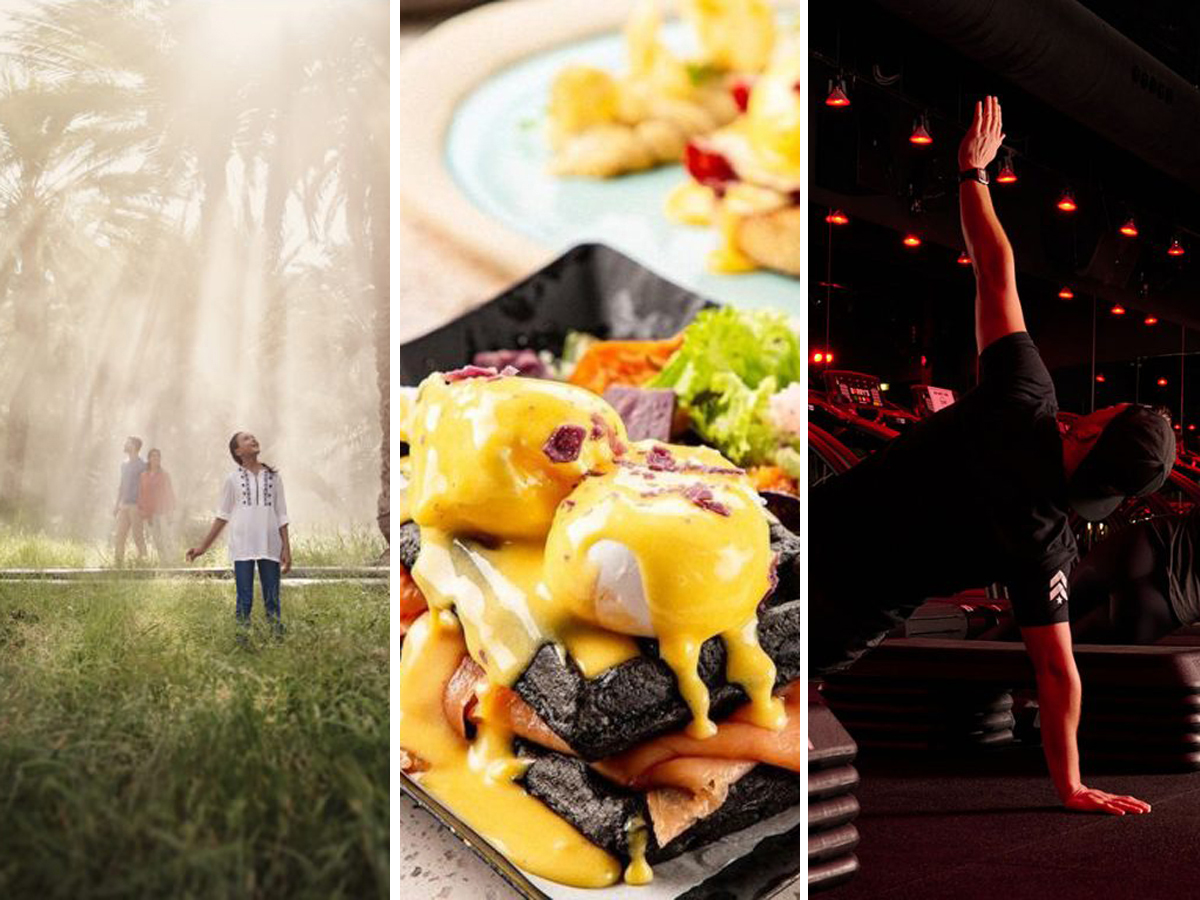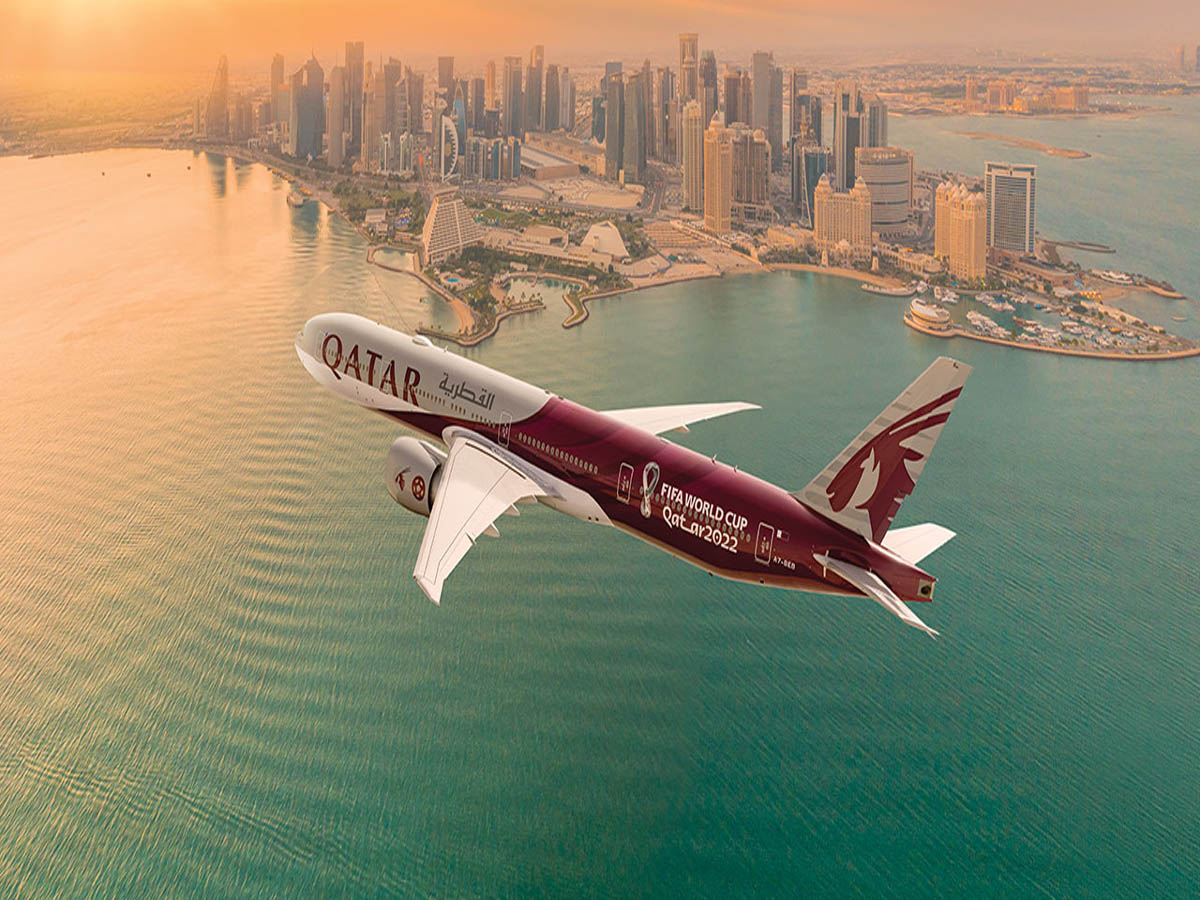Last year’s pavilion dedicated to contemporary art from Pakistan was a huge success. What’s this about an art prize taking over that space?
We’re doing something slightly different. That pavilion was quite a simple idea that made an enormous impact. I think it gathered a huge amount of interest in the careers of the artists, many of whom have really taken off since then. This year we have the Abraaj Capital Art Prize taking over that space, and I’m confident that it’s going to be just as successful. Abraaj, our sponsors, wanted to get more involved as patrons so we came up with a prize that would have lasting benefits for as many artists as possible.
What did you set up?
We realised that international curators were increasingly shaping the recognition of artists, yet they weren’t sufficiently well known in this region. So we invited curators from all over the world to nominate an artist from the Menasa (Middle East, North African, South Asian) region. Immediately there was this fantastic response. Suddenly we had hundreds of curators scouring the region for artists and flying out to meet them. I was on the selection committee and had this box arrive with the proposals, it came in a packing case – and they were amazing. This is the richest art prize in the world, with each of the three winners receiving US$200,000 to be used in the production of their piece.
Who won?
Two of the winners are young artists, Nazgol Ansarinia and Zoulikha Bouabdellah, while Kutlug Ataman is a very well known filmmaker from Istanbul who has been nominated for the Turner Prize as well. We wanted to create an opportunity for artists from the region to have the time and financing to do something really ambitious.
Got any news on what the final pieces look like?
Right now Nazgol is having a carpet woven in Tehran. It’s a 4m x 3m silk carpet with her own contemporary designs and visual stories woven into it.
What are the benefits of the prize?
It gives emerging artists like Nazgol the chance to create their work on the scale they’d like to work to.
How do you think last year’s Art Dubai went, in general?
We were really pleased with it. There are different ways of measuring the success of a fair. Obviously, the galleries invest a huge amount of time and energy in it, but to make it worthwhile they’ve got to sell work and meet new collectors. Some of the galleries did spectacularly. But this is the third one now and it’s still a new market for everyone.
How do you think Art Dubai defines itself in light of the rest of the city’s art fairs?
Dubai is a very competitive city, and we are of course involved in a business sense with things. But the art world works slightly differently. It’s a collaborative rather than a competitive process. Art Dubai is taking place at the same time as the Sharjah Biennial this year, and with the Museum of Islamic Art opening in Doha, people want to do a round trip and see all of these things. We regard Art Dubai as facilitators of this, and the fair acts as a focal point for the week. The guests we invite and the museum groups that we’ve got coming over want to see all of these things. They’re curious. They’re trying to see new stuff. It would be absurd for Art Dubai to try and create some sort of monopoly on it.
How do you see the fair forging this sort of collaboration?
We’re trying to push this tour of art happenings in the region to all our guests. We’ll be running a daily bus service from Art Dubai to the Sharjah Biennial as well to promote this.
Art Dubai runs from March 19-21. See www.artdubai.ae for more information


